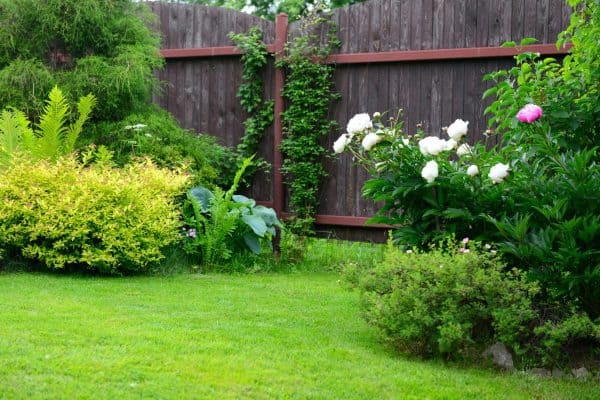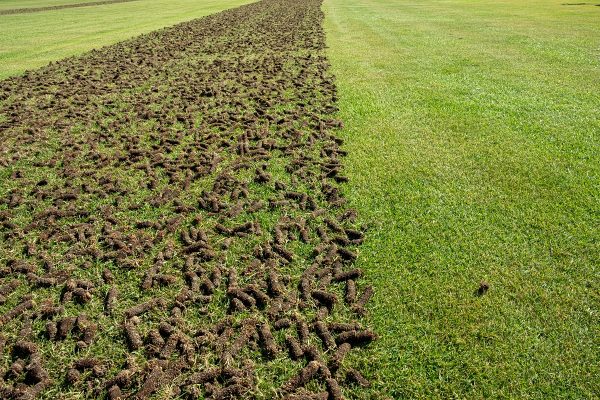As a homeowner, it is essential to keep lawn and plants well and correctly watered. For instance, you should know how long to run sprinklers to obtain 1-inch water. In case you don't have any idea about it, you can leave it to us! We conducted thorough research to share with you the answer!
In order to ensure that all the roots get a good drink, a watering session should go long enough to wet the region thoroughly. You should program sprinklers to run roughly 30 to 35 minutes two times each week. The minimum amount of water your lawn should receive each week is 1-inch.
Since you will be using a sprinkler to water your lawn, it would be best to know how to take care of it and properly use it. We'll also discuss what's better to use between a sprinkler and a hose. Please keep reading to learn the details.
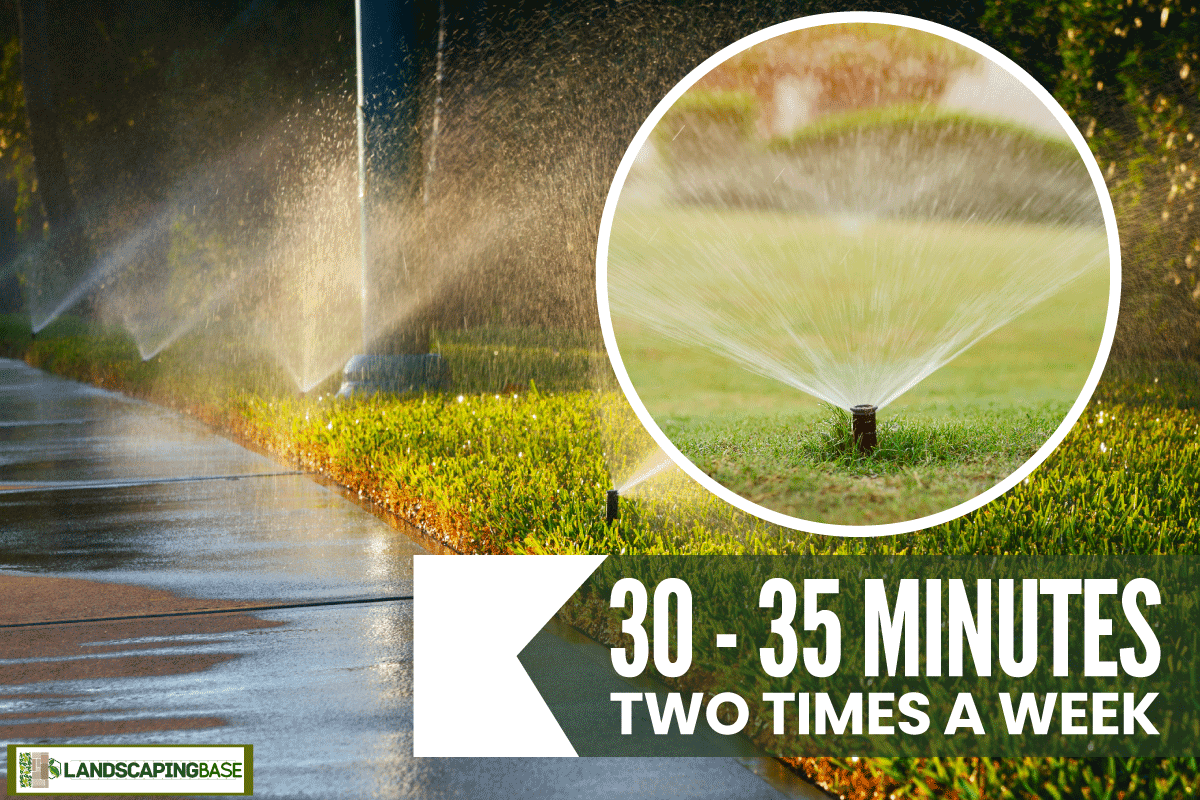
How Much Time To Spend Watering
Using Sprinkler?
As we mentioned earlier, you should run the sprinklers for 30 to 35 minutes twice a week. However, if the weather is hot and dry, attempt to water only two or three days a week while increasing the watering frequency by twice the suggested minutes.
During one of your routine watering sessions, position a container in the path of your sprinkler, and after that, gauge the volume of water remaining within. Twice a week will do if there is about a half-inch of water.
If the amount is greater or less than half-inch per session, you should adjust the duration of your sessions accordingly.
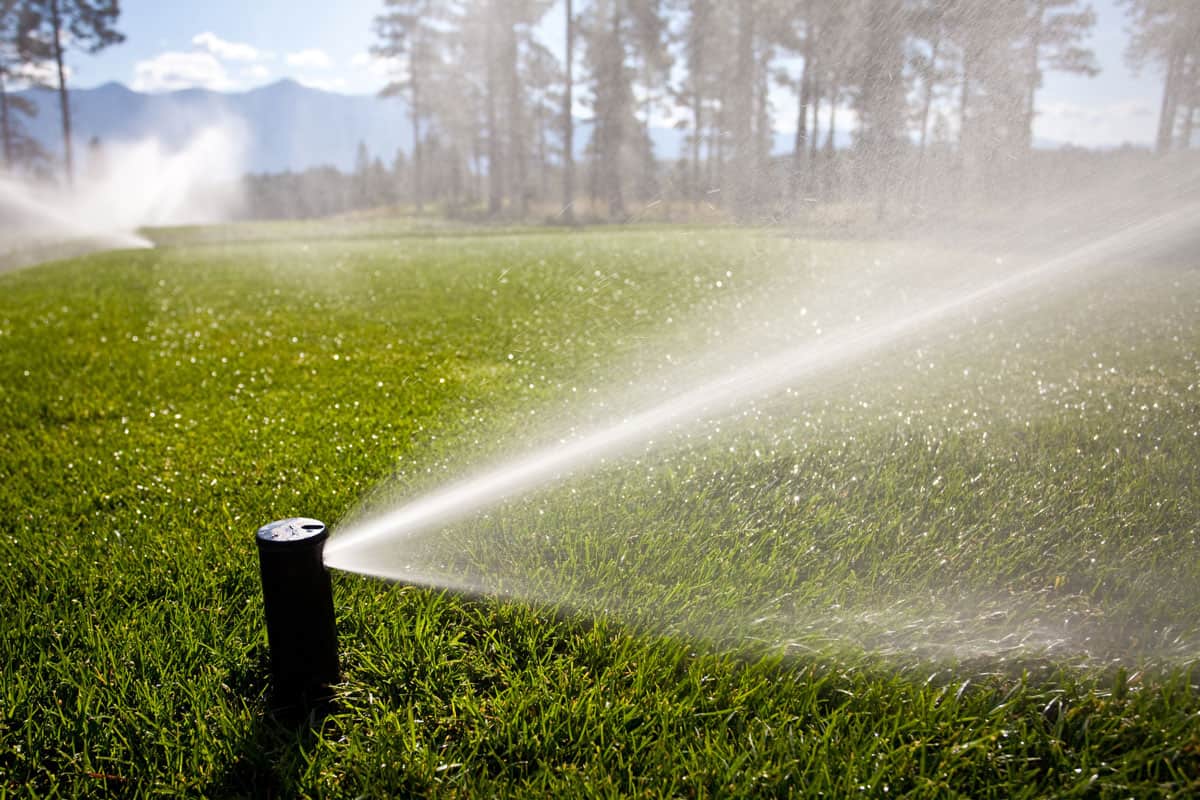
What time of the day to water lawns
You might be unsure of when to saturate your lawn. Do you know why the hour of the day matters for this task?
Watering at night will let your grass remain wet for extended periods. And that situation will permit fungus and other problems to flourish, which will be detrimental to the general health of your lawn.
On the other hand, watering in the afternoon heat results in water loss from evaporation, which lessens the benefits of watering.
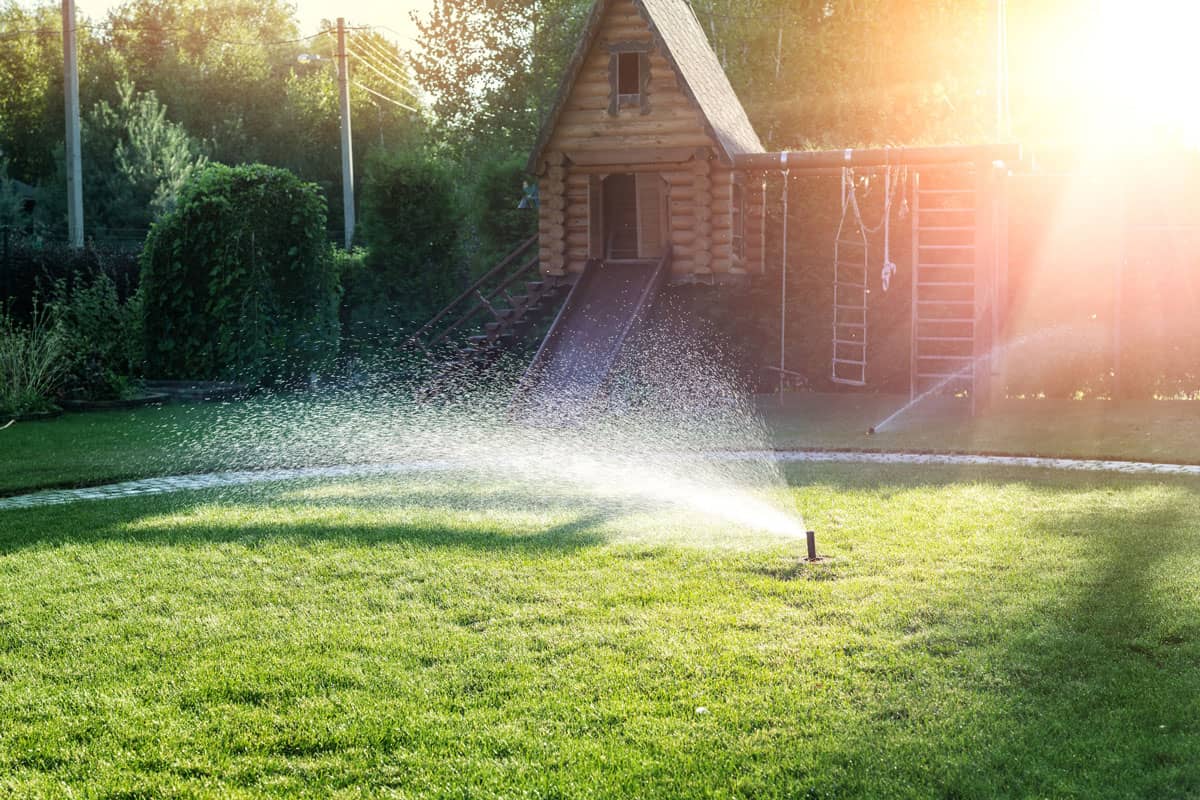
Therefore, we suggest the best time to water is between 4:00 AM and 8:00 AM, in the morning. It will allow your grass to have enough time to absorb the water to support root development deeply, but it won't be so soggy by dusk that it fosters fungus and other issues.
In addition, the overnight dew will make the grass damp.
As a result, following daylight, the lawn should be given as much time as possible to dry up. The turf should also be entirely dry before dusk. Watering at 4:00 PM is the riskiest hour to water your lawn. Avoid watering on the warmest, muggiest days when disease stress is at its peak.
Should I Water with a Sprinkler or a Hose
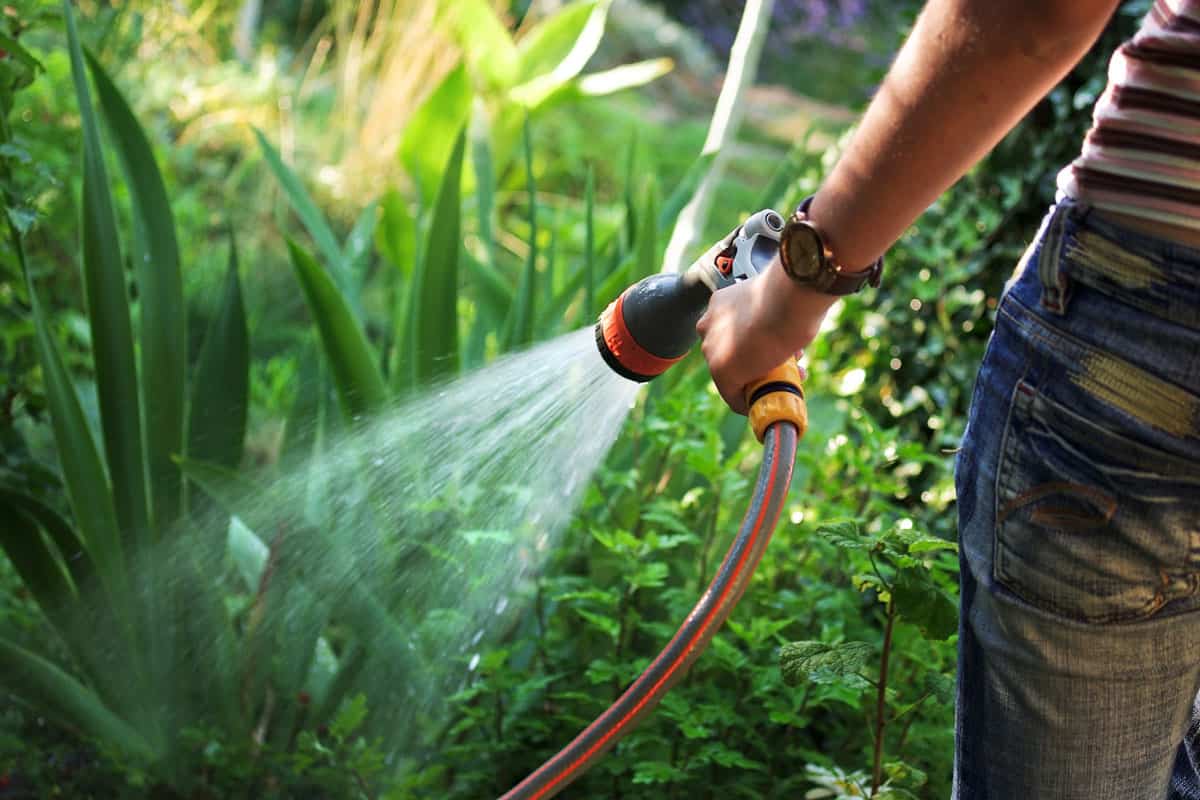
Either option is possible, although using a hose while standing for 30 to 35 minutes is challenging. So, to accurately and conveniently supply enough water to the desired area, it would be best to utilize a sprinkler. Using one will also save you time and effort.
The ideal option is a built-in sprinkler system if you're fortunate enough to have one. It allows you to irrigate in cycles and designated areas without standing with a hose or operating a manual sprinkler.
why is it essential to maintain Your Sprinkler
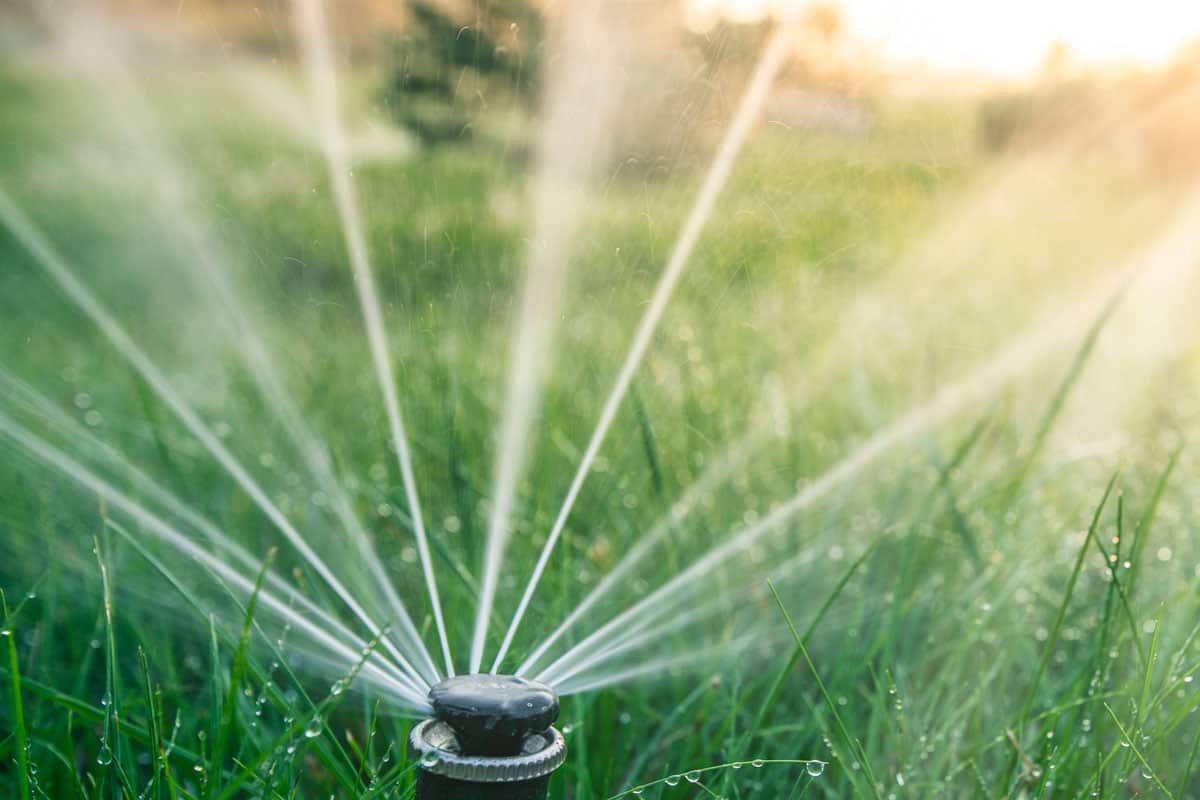
It's indeed simple to overlook your sprinklers. Your sprinklers operate diligently to keep your grass well-hydrated while you're gone, despite being all but hidden much of the day. Sprinklers are almost invisible and frequently overlooked when they function well.
However, you shouldn't overlook your sprinkler system as much as possible. If it gets broken, then your lawn will suffer because it won't get a supply of water.
what are the lawn harms that sprinklers cause
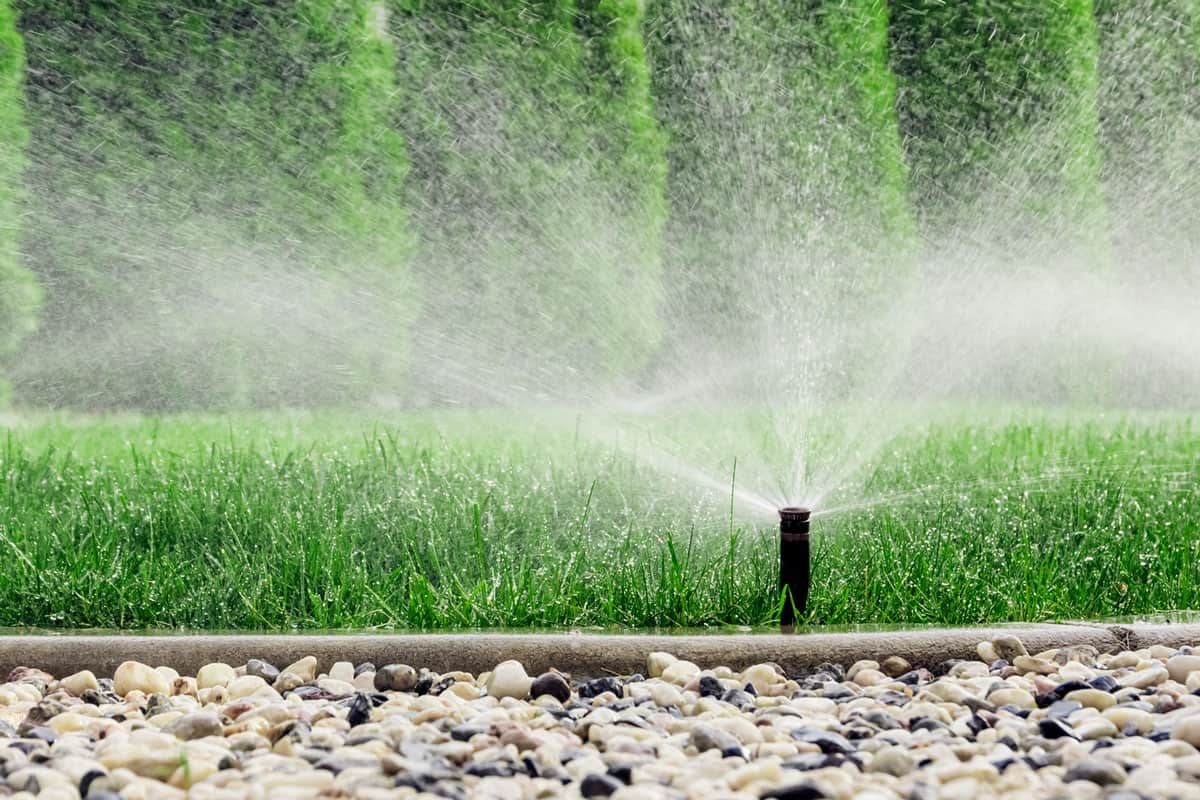
1. The strength of the water pressure
The most underhanded sprinkler problem isn't even because of your sprinkler itself! Water pressure greatly influences the effectiveness of your sprinkler system.
Low water pressure can result in uneven coverage and inadequate uniformity. On the other hand, excessive water pressure might leave too much or an unreasonable amount of water on your grass and produce a sprinkle that blows past the desired area.
Furthermore, overly high water pressure can make your sprinkler system deteriorate. In such a situation, you will have to fix it more frequently, or worse, you have to replace this costly equipment.
2. broken Sprinkler heads
A broken sprinkler head could be a massive problem for you to handle, regardless of what broke it down. You can still use the sprinkler if it is only partially damaged. However, expect that it won't be able to cover the whole area that needs watering.
3. Sprinkle heads that are tilted
Similarly, a slanted sprinkler head may ruin your landscape. A tilted sprinkler head may cover some areas and some not at all. A sprinkler head must only be a few degrees off perpendicular to the lawn.
4. Blocked sprinkler heads
The last thing you should determine in a sprinkler head is if it is blocked. There are instances that a sprinkler normally moves but sprinklers water only a bit. Fortunately, a clogged sprinkler head is too straightforward to restore. All you have to do is clear it using a careful hand and a paperclip.
maintaining Your Sprinklers
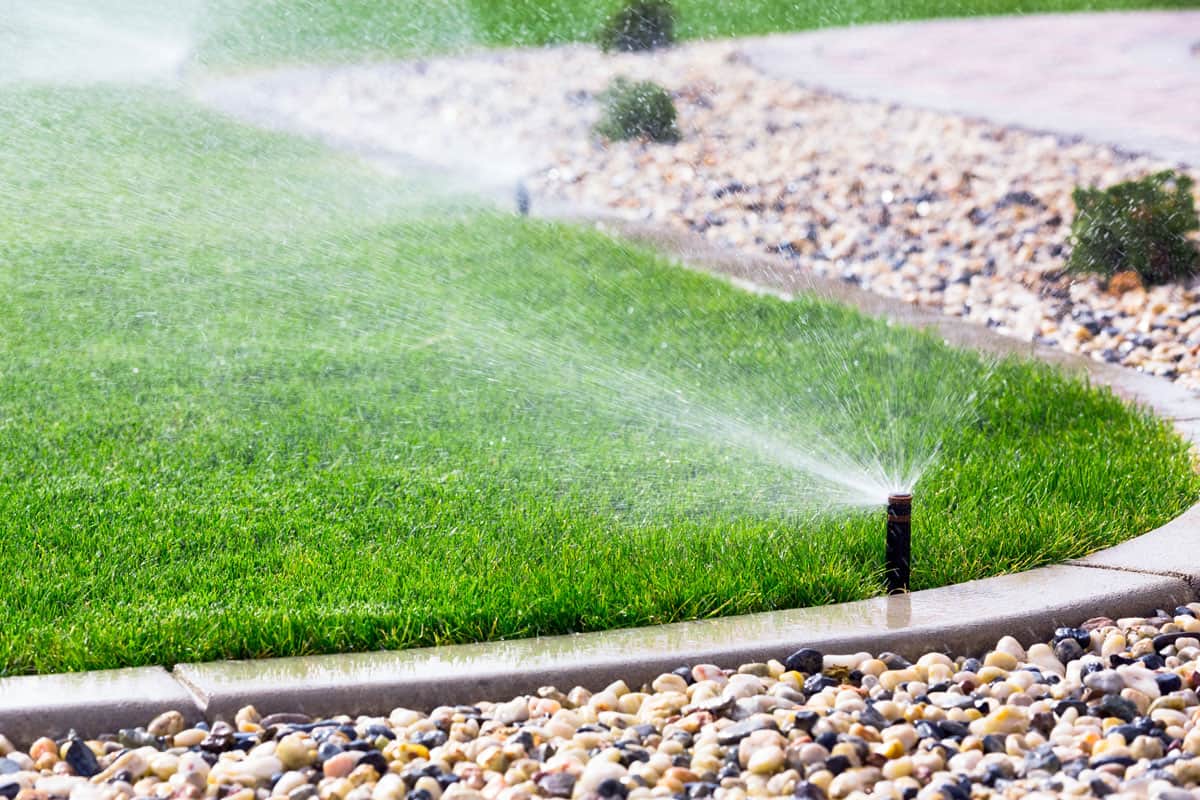
Your sprinkler system needs a good tune-up over time. If each sprayer only requires a diminutive amount of upkeep, minor adjustments can have a significant impact, and your property will benefit from an annual adjustment.
There are a lot of lawn maintenance plans that include inspecting and adjusting your sprinklers. This sprinkler inspection is essential to guarantee that your grass receives adequate watering and that you are not paying more than necessary.
What Kind of Sprinkler Is the Best?
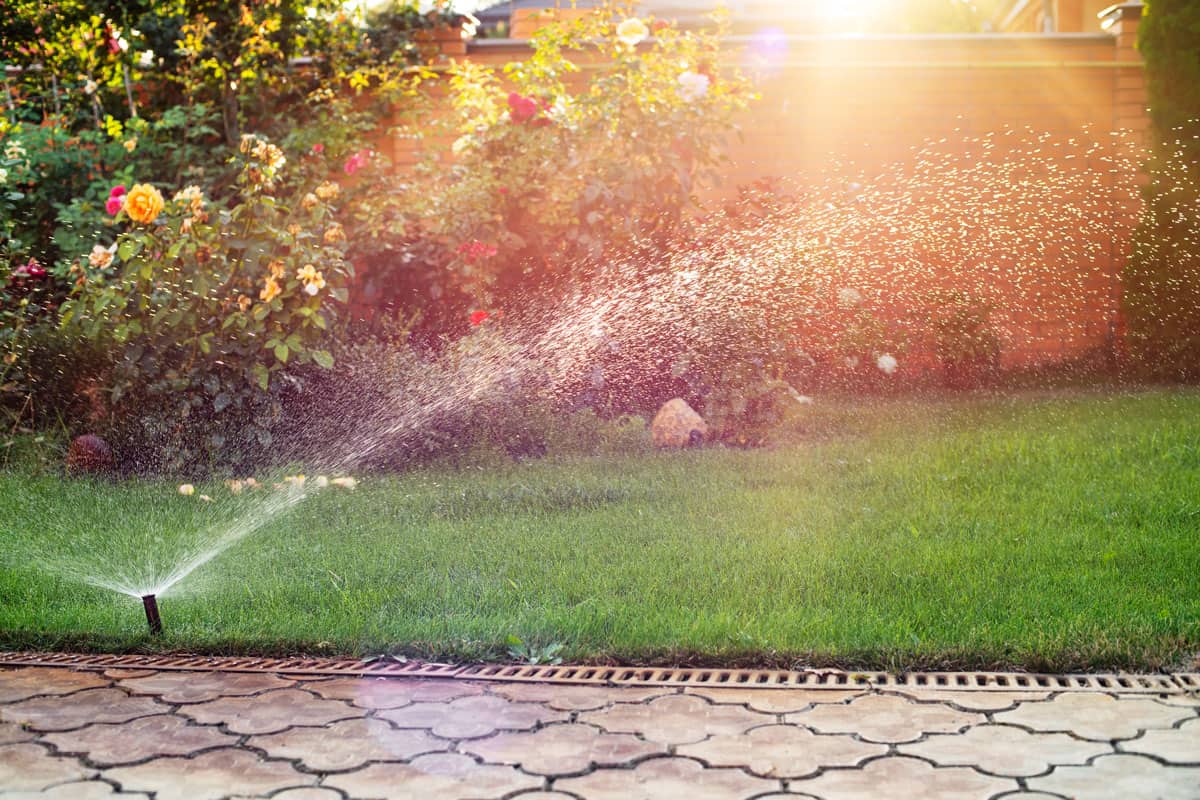
Oscillating sprinklers are optimal. An oscillating sprinkler can disperse water rectangularly in an even manner, making it an optimal option. Incorporate at least 10 percent of overlap in each region, including the lawn's boundaries.
If you use a sprinkler with a circular pattern, expect that the watering pattern will produce gaps. So, to ensure consistent scope, circular sprinkler designs should have a 50 percent overlap between each section.
Furthermore, the areas most vulnerable to the effects of heat and drought are slopes, the borders of streets, sidewalks, and driveways. In spite of this, these spots receive lesser water to prevent wasting water on the pavement. Use as much water as possible in these situations, but exercise caution.
how to use Sprinklers to Make Your Lawn Greener
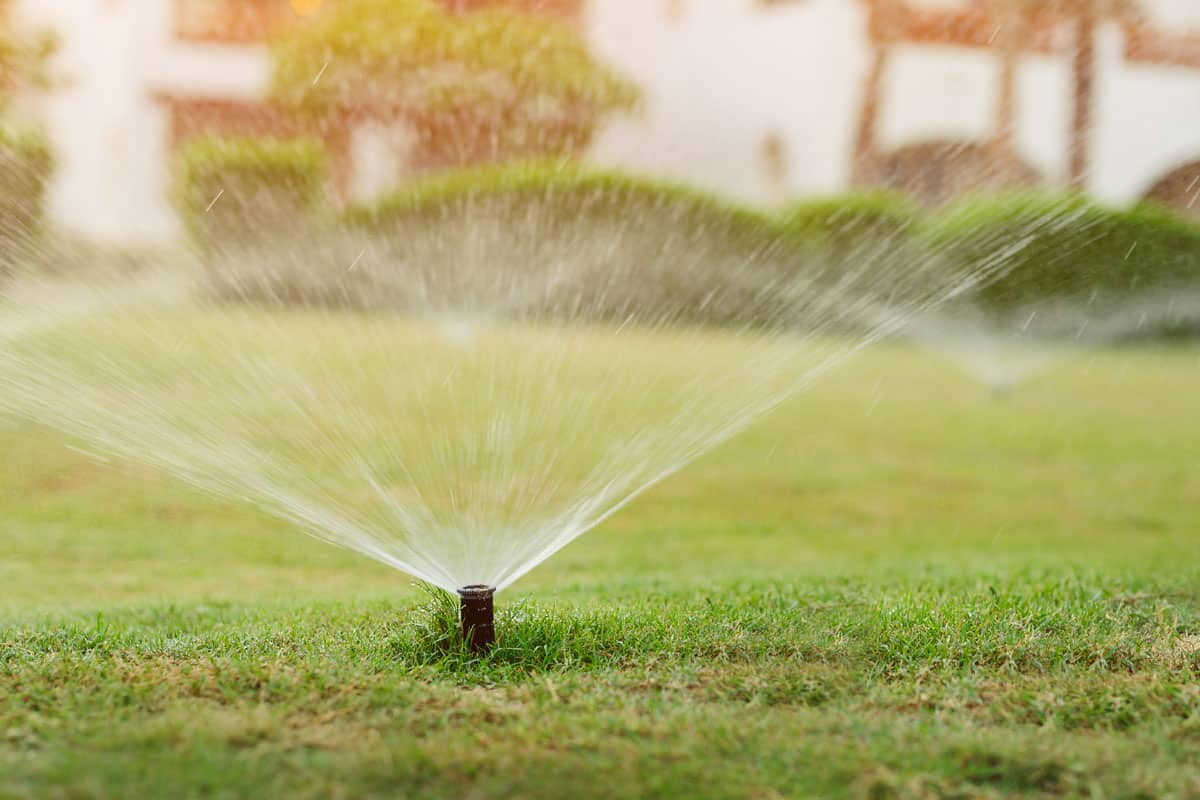
Proper sprinkler usage can contribute to your lawn's optimal health and appearance. Follow the guidelines below to do it correctly:
Pay Attention to the Water Pressure
Ensure to inspect the water pressure of your sprinkler system when opening the main water valve after a long time. If the water pressure from your sprinkler system is too high, it could lead to damaged pipes or, worse—ineffective grass irrigation.
Verify the sprinkler settings
Regarding changes, now is the best opportunity to review the settings on your sprinkler system. Verify and ensure that the settings are appropriate for the requirements of your lawn and that the time and date are accurate.
Also, keep in mind that you have to change the batteries of the controller or timer to a new one, mainly if you haven't used it for six months.
Verify Your Lawn for Any Unusual Wet Area
We suggest you walk around your lawn and observe if there are any overly soggy spots that leave your yard with sludgy or bare patches. If there is, then it means you have a leaky valve.
In terms of water flow, your valves control the entire system. A leaky valve could result in wasting water and an excessively high water bill.
examine the sprinkler heads
As we mentioned earlier, it would be best to examine the sprinkler heads. You have to look around for any debris that can obstruct the flow of water from your systems. Check for dirt, sand, rocks, or other objects.
Clogging could result in areas of your lawn receiving excessive or insufficient moisture, creating unhealthy grass.
Additionally, it would be most satisfactory to ensure that you also replace any worn-out or damaged parts, including sprinkler heads, nozzles, pipelines, and valves.
What to Do to Restore Dormant Lawns
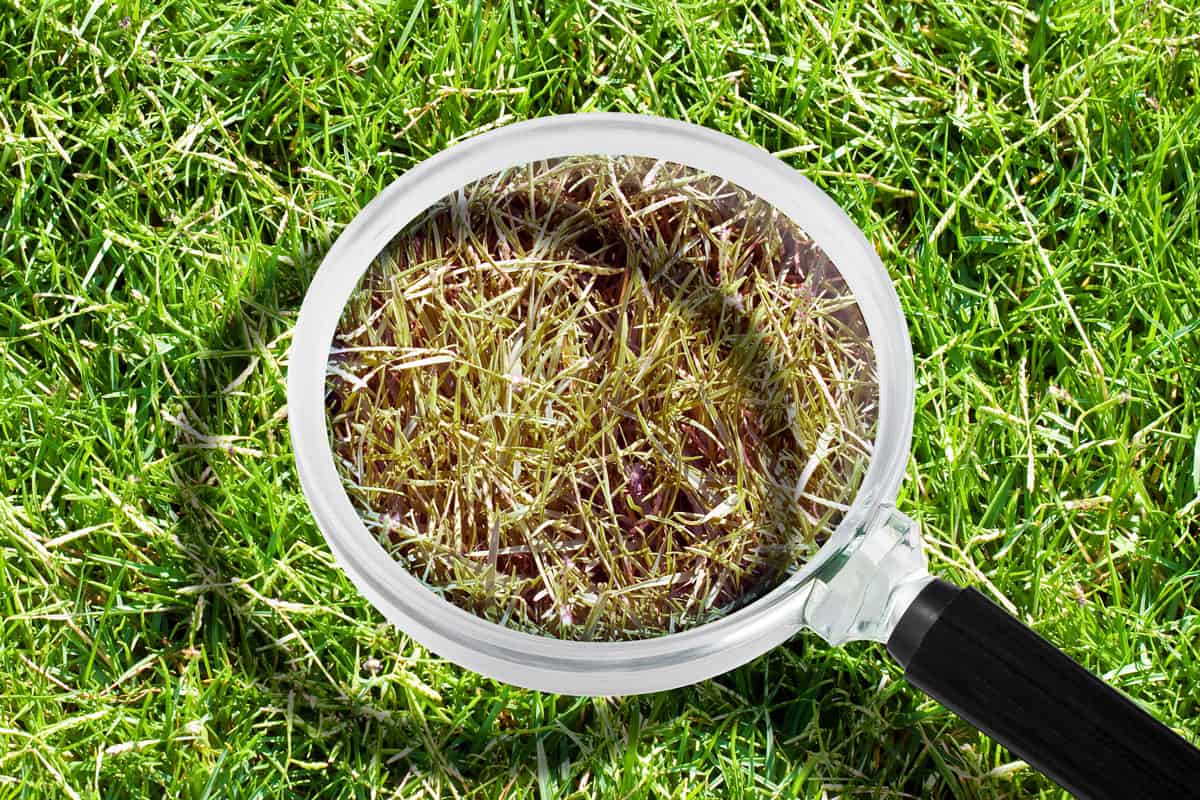
Avoid attempting to restore a badly parched lawn when it's hot outside. It can cause serious disease harm by trying to revive dormant grass. Once every week, at the proper times, deeply irrigate a dormant lawn, such that it should absorb at least six inches of water. Check it using a screwdriver.
Watering each area may be necessary for up to four hours at a time to achieve this. When the weather turns cooler, and healing is possible, this irrigation will keep the lawn alive. For most satisfactory results, laboriously water dormant grasses only occasionally.
Wrapping It Up
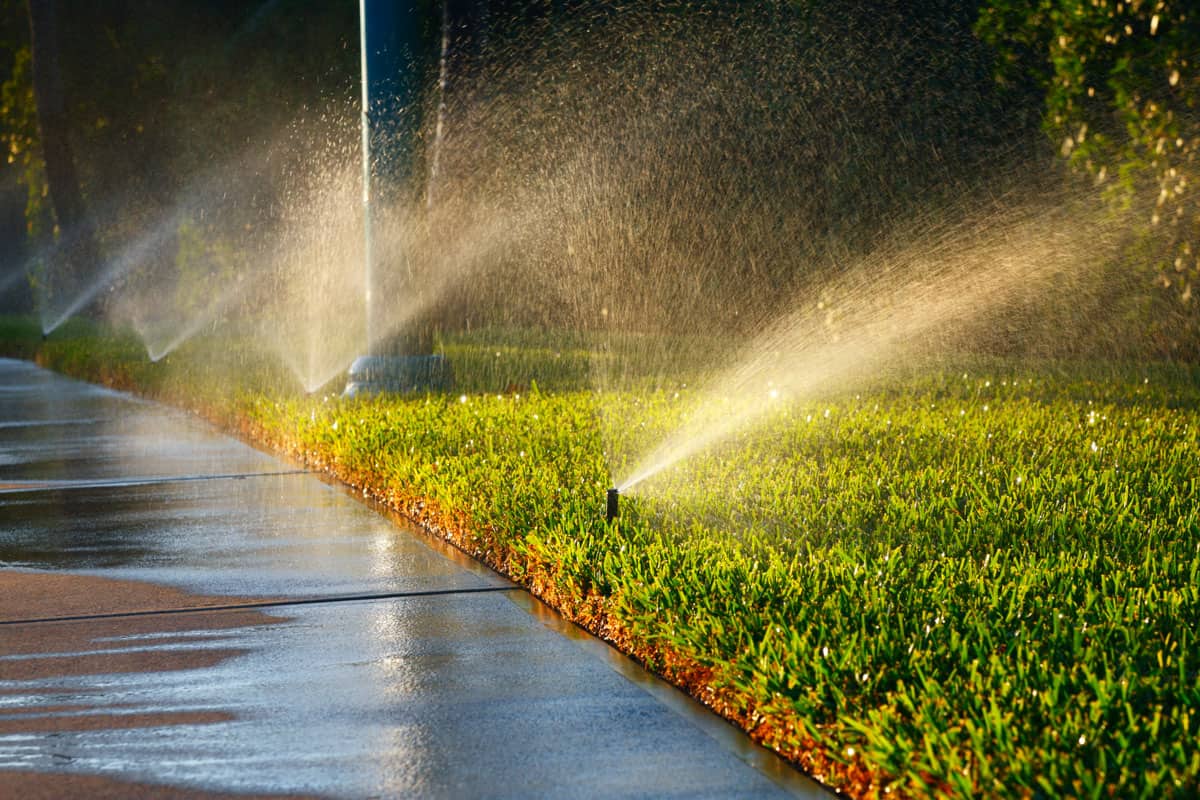
Proper watering is the most crucial part of maintaining your lawn. However, this particular task is quite demanding. It would be best to follow everything you have read in this post to ensure that you are correctly conducting proper care for your lawn.
We hope you find this post helpful. We'd love to hear from you! So, if you have additional questions, feel free to comment below. And if you want to continue reading, please watch out for new posts coming! We are continuously researching things to help you out with your landscaping concerns. Thank you!

